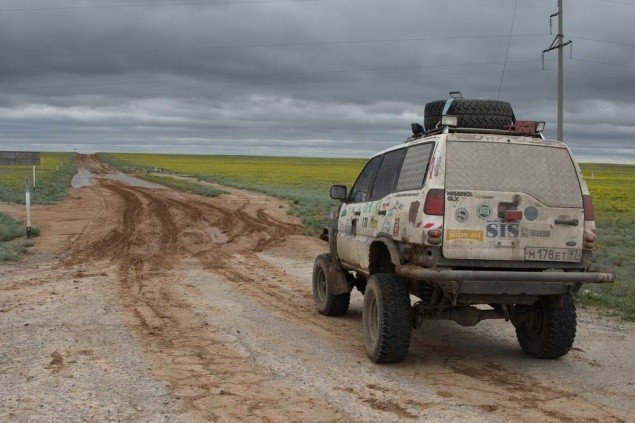|
|
Life In Iran
|
• Pre-Historic era
The earliest archaeological artifacts in Iran were found in the Kashafrud and Ganj Par sites that date back to the Lower Paleolithic era. Mousterian Stone tools made by Neanderthal man have also been found. There are more cultural remains of Neanderthal man dating back to the Middle Paleolithic period, which have been found mainly in the Zagros region and less frequently in central Iran at sites such as Shanidar, Kobeh, Kunji, Bisetun, Tamtama, Warwasi, Palegawra, and Yafteh Cave. Discovery of human skeletons in the Huto cave and the adjacent Kamarband cave near the town of Behshahr in the Mazandaran Province, and Amol and Babol old cities north of Iran, south of the Caspian Sea, suggest human habitation of the area as early as 75,000 years ago. However, recent studies in the valleys of Shuresh, around the earlier mentioned caves, led to the discovery of 400,000 year old stone tools. Evidence for Upper Paleolithic and Epipaleolithic periods are known mainly from the Zagros region in the caves of Kermanshah and Khorramabad.
Early agricultural communities such as Chogha Bonut in 8000 BC, Susa (now a city still existing since 7000 BC) and Chogha Mish dating back to 6800 BC. started to form in the western Iran. Dozens of pre-historic sites across the Iranian plateau point to the existence of ancient cultures and urban settlements in the 4th millennium BC, centuries before the earliest civilizations arose in nearby Mesopotamia.
|
|









